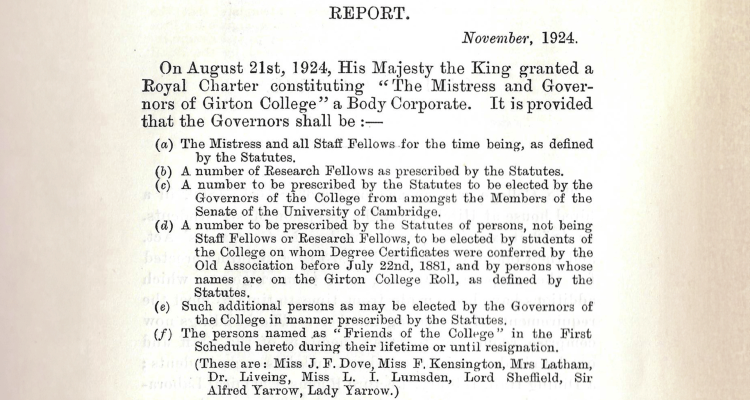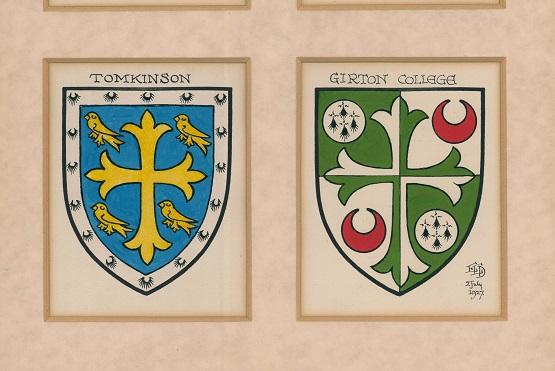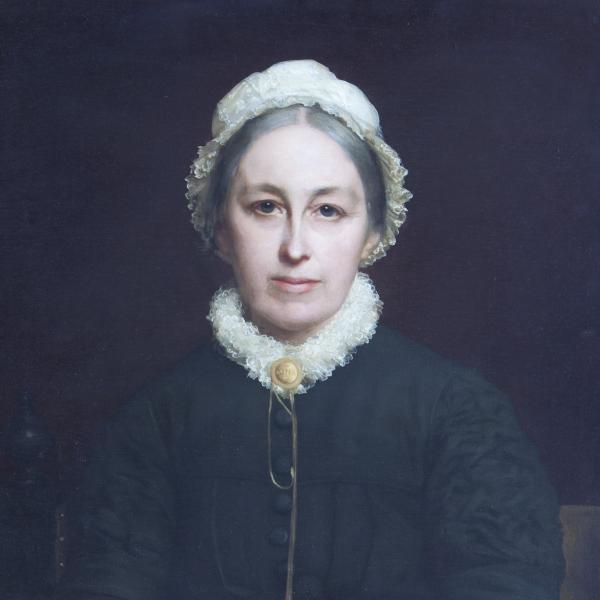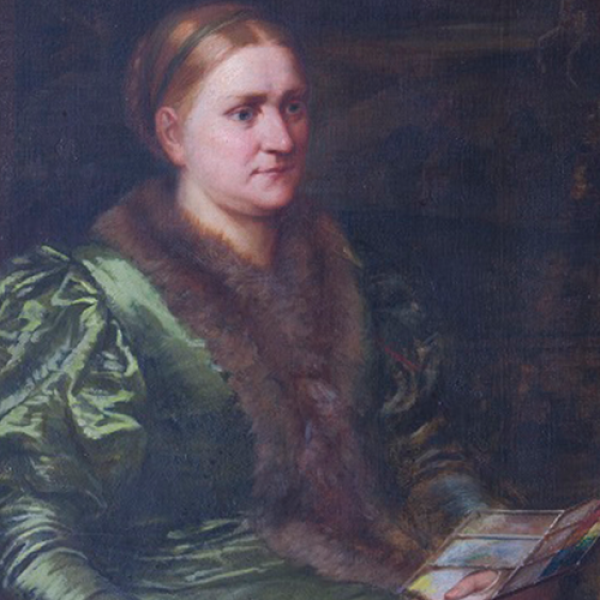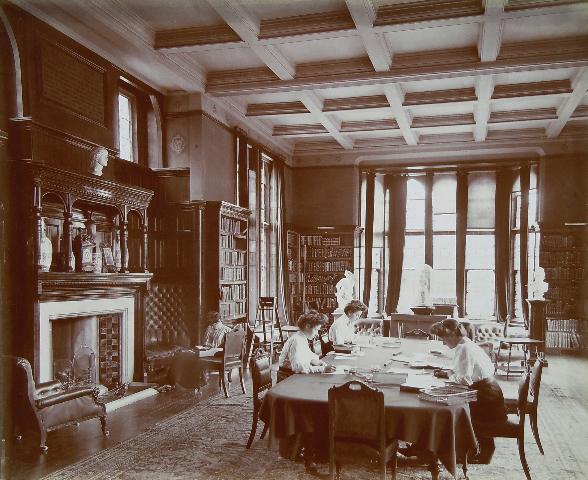Annual Report Charter 1924 (archive reference: GCCP1-1)
It's been 100 years since Girton College was granted its Charter by King George V on 21 August 1924. Girton is distinctive for being the first residential institution for the higher education of women in England, and our determination to offer everyone – whoever they are and whatever their background – remains a driving force of our mission. Today, Girton College is a permanent institution within the world-class University of Cambridge, where students have the opportunity to find their own pioneering pathway. Read on to discover more about the Royal Charter and our Founders.
Royal Charter
The Charter effectively put the governance of the College and the ownership of its properties in the hands of ‘The Mistress and Governors’. They were to have a common seal, and full powers to accept, acquire, and hold property and land. Their task was ‘to provide a liberal education for women by carrying on the work of the Old Association (the Association hitherto known as Girton College) with such modifications and changes as may from time to time appear desirable either in its present situation or elsewhere in the Town of Cambridge or County of Cambridge’.
The Charter stated that the Governors were to be: the Mistress; all Staff Fellows (as defined by the Statutes); a number of Research Fellows (as prescribed by the Statutes); a number (to be prescribed by the Statutes) to be elected from the Senate of the University of Cambridge; a number (to be prescribed by Statues) ‘not being Staff Fellows or Research Fellow’, to be elected by Students of the College to whom degree certificates had been conferred (i.e. former students); ‘additional persons as may be elected by the Governors (as prescribed by the Statutes)’; and ‘Friends of the College’. In 1924, there were 35 Governors in total, listed by name in the First Schedule of the Charter.
The Charter also established a new Council, whose members were to be the Mistress; the Vice-Mistress; the Bursar; Staff Fellows and Research Fellows (to be elected from the Governors as prescribed by the Statutes); and Governors (other than Staff Fellows and Research Fellows as prescribed by the Statutes).
Although prior to 1924 there were two precedents of the title ‘Fellow’ being used within College, the Charter established the office of a Girton Fellow, comparable (though different) to its modern equivalent. Under the Charter, those who were previously known as members of the ‘Girton Staff’ (generally the ‘Resident Staff’) become known as Staff Fellows. Article 46 of the Charter set out three classes of Fellows: Staff Fellows; Research Fellows; and Honorary Fellows. The Staff Fellows were the Vice-Mistress, Bursar and ‘such other officers of the College as shall be appointed by the Council to be Staff Fellows’.
The Charter also established the office of Visitor. The College’s first Visitor was the Chancellor of Cambridge University, Arthur James Balfour (1848-1930), 1st Earl of Balfour. He held the office from 1924 until his death in 1930.

